
10 TALENTS: Emotional Reasons We Fall In Love With Collectible Design
What makes a piece collectible design? It’s usually measured through factors like rarity, relevance, material quality, or the creator’s identity. To explore collectibility from a more personal angle, we’ve identified ten emotional reasons, spotlighting ten design talents whose work exemplifies these criteria. These designers create their pieces in their own studios, maintaining independence and uniqueness. Whether they are emerging or mid-career we believe their work is on the verge of increased value. Collecting goes beyond just acquiring an item. The connection to the maker is crucial when we talk about collectible design. The fact that we know we’re buying from a person with a first and a last name increases authenticity, and usually resonates more than a studio name, which is ideal for collectives– but lacks the personal touch. Established designers are typically collectible due to demand, but the talents listed here are at a critical point in their careers. Much like with art, as interest grows, so will their prices. Vintage furniture, never to be produced again, is widely recognized as collectible design, but for contemporary creations, it’s more about art than furniture suggesting that Functional Art might be a better term. The best collectible design merges the old with the new, creating pieces that will appreciate over time. Identifying future classics begins with understanding why they captivate us. As emerging voices, we believe the work of these makers is bound to appreciate in value, and here’s why.
1. Because It’s Just Right in Time and Yet Incredibly Timeless








Mati Sipiora
Czepino, Poland
Mati Sipiora captures the essence of contemporary design with creations that are both of the moment and timeless. His pieces are straightforward, yet clever, promising to become future classics. Imagine buying a Hans Wegner chair in the 1950s. That’s the kind of opportunity we believe Mati’s work represents today. These pieces could one day be produced by big names like Vitra or Fritz Hansen, leaving those who missed out on the originals, made by the man himself, with regret.
“My inspiration comes from everything that happens around me. My brain works like a machine that processes a lot of images and memories from my life. Inspiration comes suddenly, unannounced; it’s like an impulse. When it comes, I immediately get down to work, because it can go away just as quickly as it came.”
– Mati Sipiora
2. Because Heritage and Culture Matters


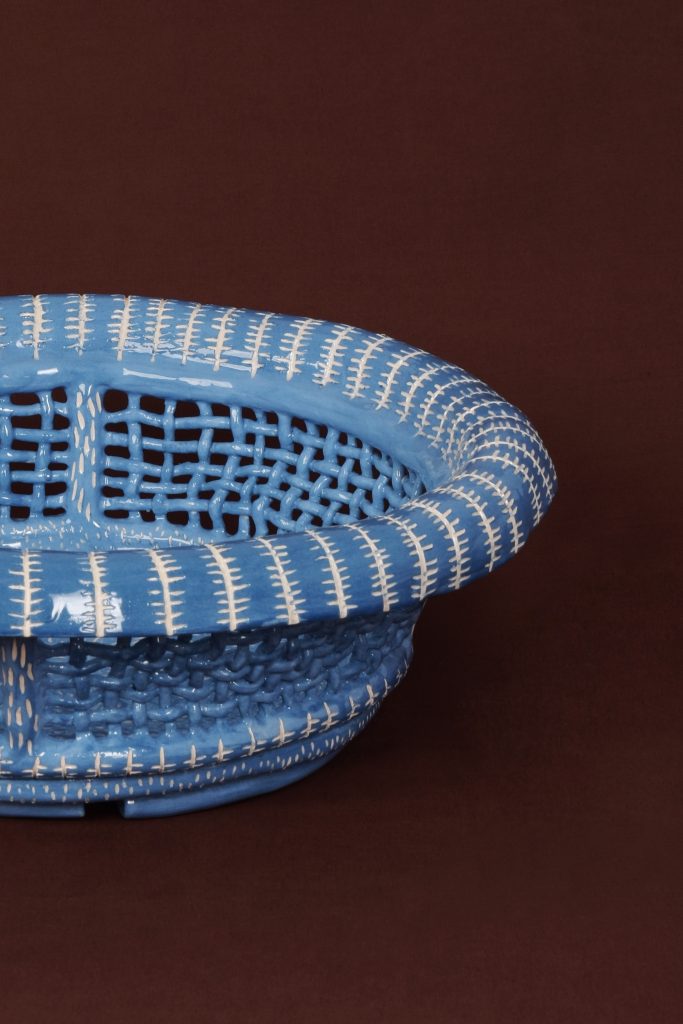



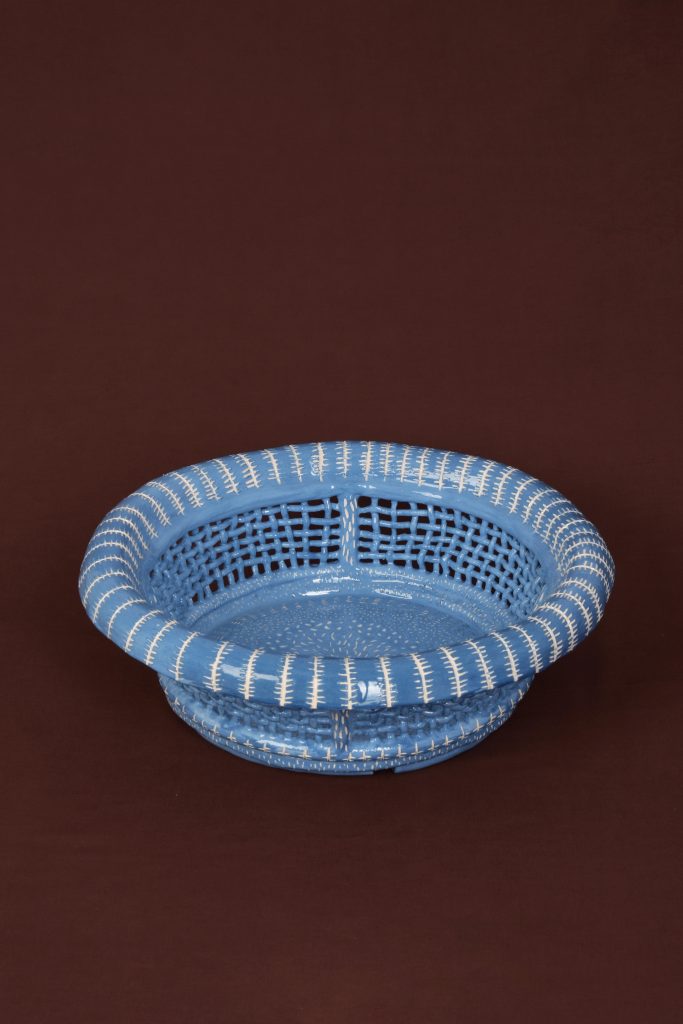

Lia Raquel Marques
Lisboa, Portugal
Lia Raquel Marques is an Angolan-Portuguese designer based in Lisbon. She draws on archives to connect prosperity and rituals with both valuable and mundane objects. Her work examines Angola’s historical and contemporary landscape, using objects as protagonists in a cultural narrative. These pieces reflect the evolving dialogue between function and forgotten cultural stories. Her practice focuses on creating a material and descriptive language that links past traditions with modern techniques to imagine future topologies.
“I have an experimental approach to clay, challenging the limits of the material to create new forms, transplanting basketry techniques and patterns into ceramics, sourcing information on specific craft practices to create a distinct visual language.”
– Lia Raquel Marques
3. Because It Shows that Crafts and Culture Can Transcend Borders






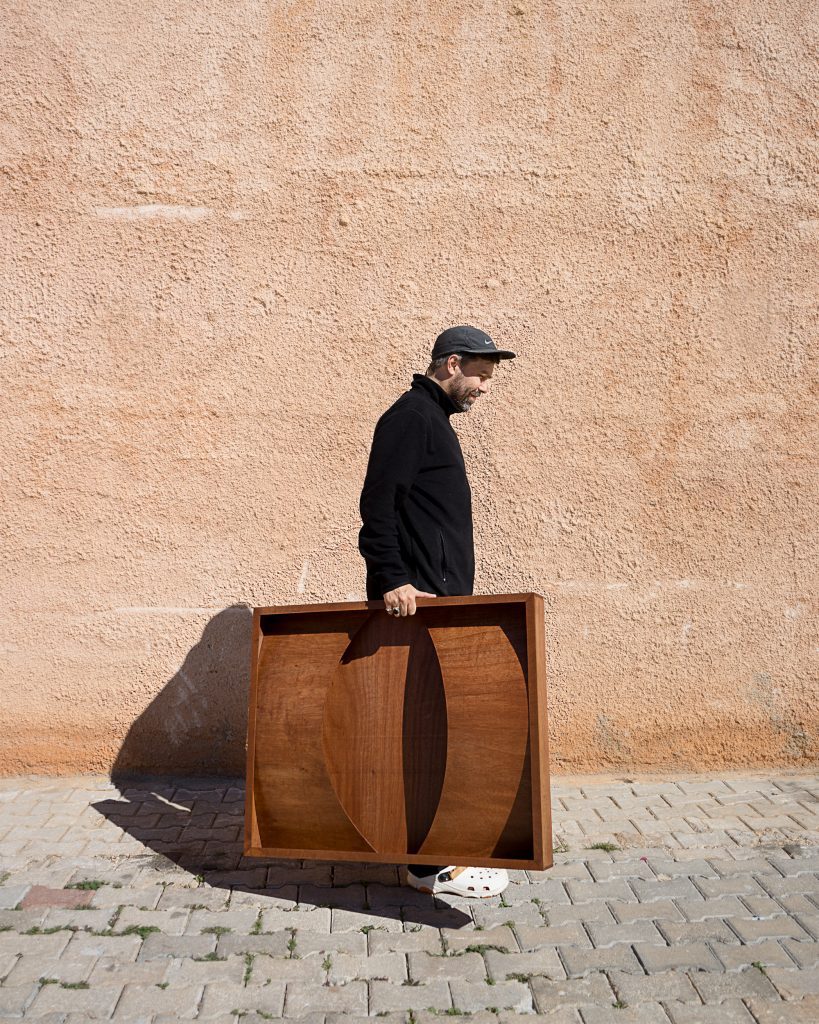





TOUCH WITH EYES
Between Berlin & Italy
TOUCH WITH EYES is a duo, Alexander Kanygin and Anna Druzhinina, who originates from Russia and now roam Europe in their mobile workshop. They craft sculpture, lamps and furniture from treasures they find on their way, whether in fields, on beaches, or in the mountains. Their surroundings inspire their work, leading them to repurpose materials like driftwood, shells, and discarded buoys.
“During our ongoing journey, we find ‘treasures’ and give them new life, new shapes, and new functions, allowing people to feel the sea and the sun, salt and sand, stones and earth.”
– Alexander Kanygin and Anna Druzhinina
4. Because it Supports Crafts Communities and Ancient Techniques Which Are Soon to Go Extinct (if We Don’t Support Them)








LØRDAG & SØNDAG
Mexico City, Mexico
Salvador and Enzo from Lørdag & Søndag celebrate Mexico’s rich artisanal heritage, using traditional techniques passed down through generations. Their “Artefactos” draw from both ancient and modern Mexican culture, blending archaeological elements with contemporary art. Their work with volcanic stone and wicker, utilising free-hand weaving avoiding metal frameworks, preserves the authenticity of these age-old practices.
“Collectible design is a way to bring beauty and joy to our everyday spaces. We believe that beauty inspires more beauty.”
– Salvador and Enzo
5. Because It Feels Familiar








sashaxsasha
Paris, France
Alexandra Gineva and Alexander Dobrovskiy founded sashaxsasha in 2019, quickly gaining recognition in the design world working with galleries like GSL. Based in Paris, they draw inspiration from a mix of modern and classical art, found objects, and personal memories. Their latest Steel collection reflects their childhood experiences with Orthodox culture, sacred interiors, and ancient books.
“For us, collectible design is another layer of art that can fill the interior in another dimension. When creating collectible design objects, we like the fact that they have the right not to have any special function, unlike industrial design, where everything is more serious.”
– Alexandra Gineva and Alexander Dobrovskiy
6. Because “If You Know, You Know”


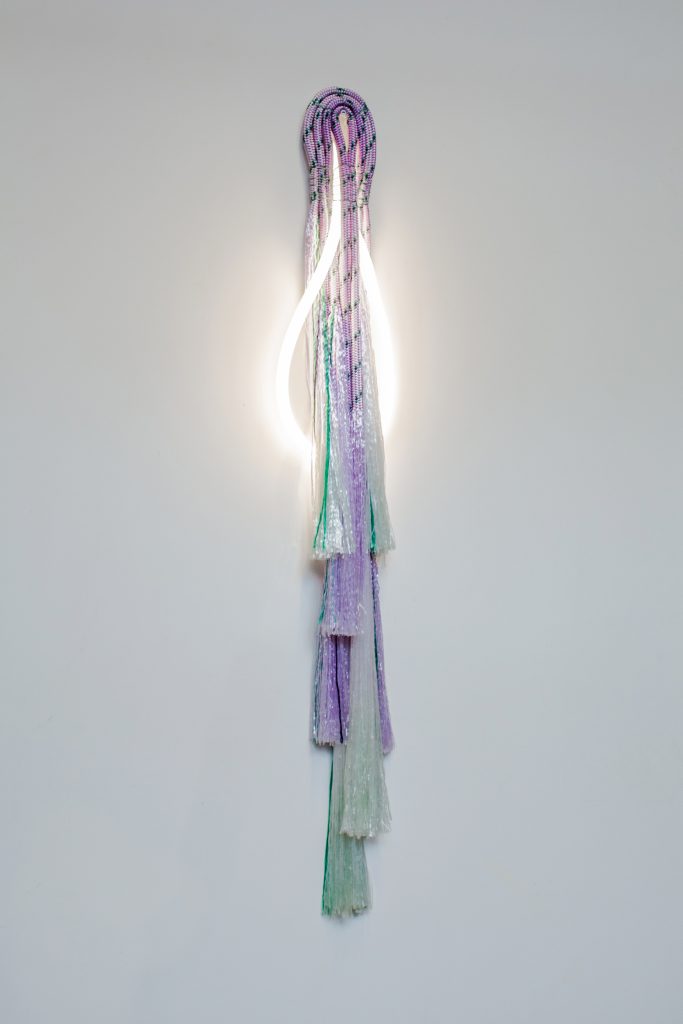





Studio Pien Post
Eindhoven, Netherlands
Pien Post explores the various meanings attached to polyester rope, creating objects through knotting, dyeing, and binding. These final forms, part of an ongoing research series called KNOTseries, are the result of thoughtful decisions on color, texture, and composition. Much like fine art, some may not be able to immediately grasp the work, but for those who do, the work is endlessly captivating.
“I think on one hand collectible design will move more towards the artistic and conceptual side. But on the other hand, I think the quality and outspoken characteristic of collectible design will be adopted by labels by inviting these designers to make pieces for their collections. I hope that by doing so, these types of designs become more accessible for a larger public.”
– Pien Post
7. Because the Design Is a Byproduct of the Maker








Lucile Gracile
Aubervilliers, France
Lucile Gracile’s work reflects her personality, making each piece unique and one of a kind. She uses traditional ceramic techniques, combining primitive and universal forms with dreamlike symbolism. Her work challenges society’s tendency to limit dreams and creativity to childhood, emphasizing the importance of maintaining these qualities into adulthood.
Drawing inspiration from ancient myths and the fascination humans have with the cosmos, her sculptural objects aim to reconnect viewers with their imaginations.
“I combine primitive and universal forms with dreamlike symbolism. My work critiques society’s confinement of dreams and creativity to childhood. Inspired by ancient myths, stars, and spiritual rituals, I seek to reconnect viewers to their past imaginations.”
– Lucile Gracile
8. Because Dedication to One Single Thing Can Be So Admirable




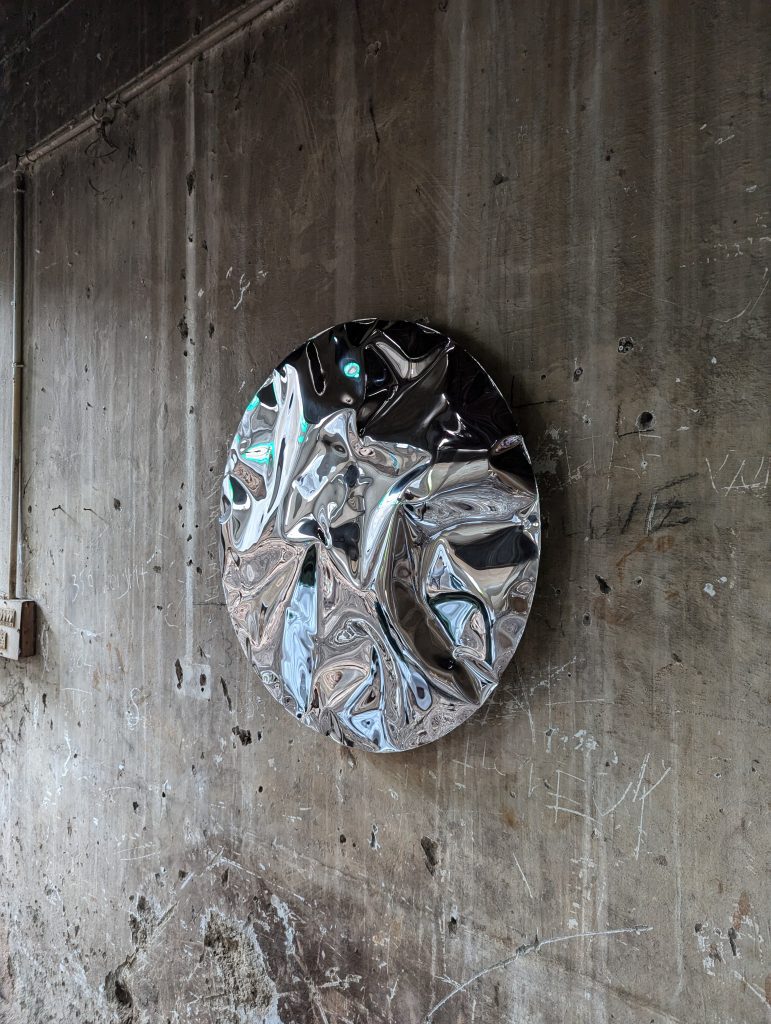



Nitush and Aroosh
Gurgaon, India
Nitush and Aroosh exemplify focused mastery in hydroforming, working exclusively with stainless steel. The India-born brothers have created a new design language characterized by sculptural textures and artistic expressions. Their pieces, made through a process of hydroforming steel into hollow forms, challenge traditional ideas of beauty and function.
They are committed to environmentally friendly production, avoiding casting methods in favor of hydroforming. After shaping the steel with fluid pressure, they add intricate details by hand, resulting in furniture and objects that go beyond functionality to become art pieces.
“We envision our role as continuing to push the boundaries of what is possible with our chosen materials and techniques, while also embracing new technologies that align with our artistic vision. As part of our commitment to responsible design, we aim to continue incorporating more sustainable practices into our process and leaving minimal carbon footprint, such as ditching the process of metal casting that leaves a considerable footprint in favor of inflating with water that can be reused again and again.”
– Nitush and Aroosh
9. Because You Simply Want to Touch It, and There’s Not One Alike It Out There
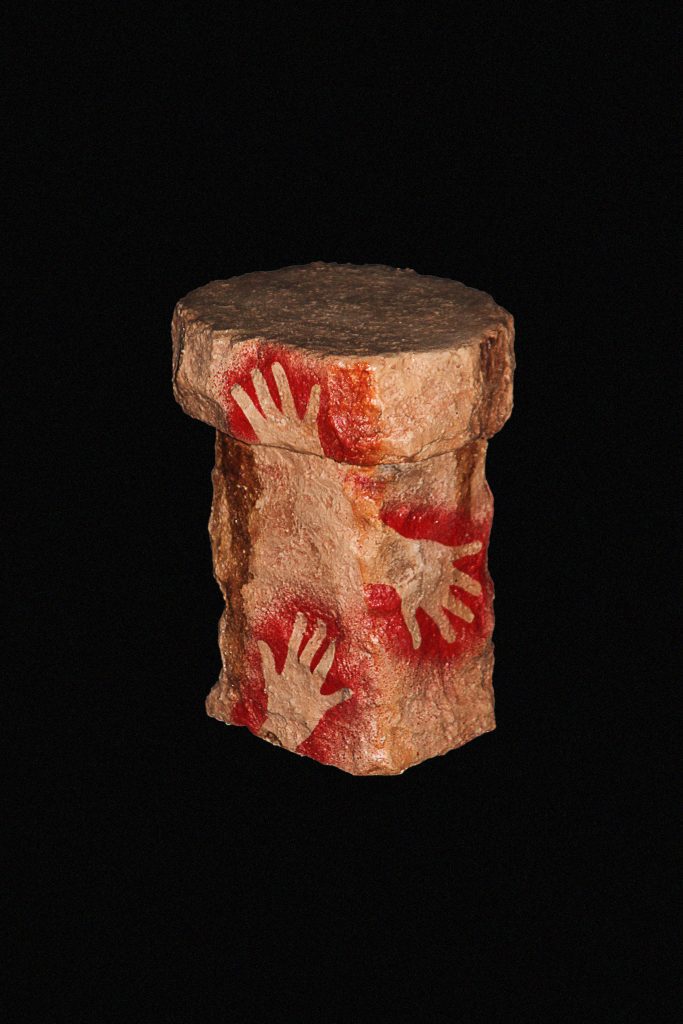







Soledre
Toulouse, France
Pierre Klein, the designer behind Soledre, creates pieces with tactile textures that invite physical interaction. His process combines traditional craftsmanship with inventive techniques, resulting in innovative uses of materials such as Concrete Composite, and Natural Wax. Originally from Toulouse, Klein’s work merges the old with the new in a way that resonates deeply with the texture obsessed collector.
“Similar to the shift away from fast fashion, I think that people are increasingly rejecting fast furniture in favor of more durable and sustainable options. In light of this trend, it is important to offer both affordable pieces and distinctive statement items that can be integrated into different types of interiors.”
– Pierre Klein
10. Because Each Piece Is Deeply Personal and Taps into That Need of Collecting the Entire Family
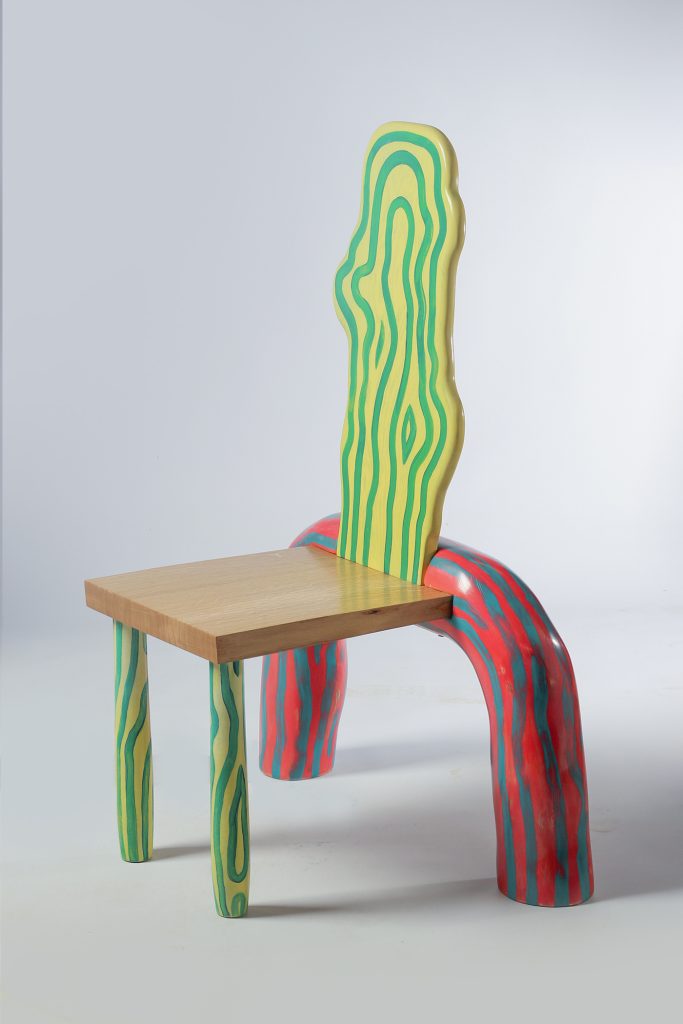







Benjamin Foucaud
Amiens, France
Benjamin Foucaud is a cabinet maker who works primarily with hardwood, using traditional techniques. To him, collectible design involves creating unique pieces that carry a deeply personal aesthetic. His “Not as Planned” collection, which combines glass and wood, showcases technical skill and a philosophical vision. Each piece relates to the others, forming a cohesive family of designs.
“I hope that [looking ahead] collectible design could be really bold, visionary, and not just bring newness because the market calendar needs it. I hope that collectible design could be more social and political, or at least conscious…”
– Benjamin Foucaud
Conclusion
In the realm of collectible design, these ten talents demonstrate why certain pieces captivate us and gain value over time. Whether it’s Mati Sipiora’s sense of zeitgeist, Lia Raquel Marques’ cultural exploration, or Nitush and Aroosh’s focused material dedication, each designer brings something unique. Their work resonates on a deeper level, making collecting not just about ownership, but connection. As these designers continue to innovate, their creations are on track to become some of tomorrow’s most prized collectibles. By supporting these makers, you are investing in more than just a piece. You are backing the future of craftsmanship and creativity. So if one of these reasons resonate with you, they might very well resonate with others. Following their journey through platforms like Adorno and buying into their practice at an early stage is key – before they’re on everyone’s wish list.
Discover our selection of Contemporary Collectible Design
-

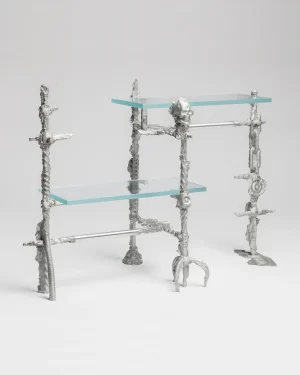 Ballet – Aluminum & Glass Shelf
Ballet – Aluminum & Glass Shelf -

 Change – Floor Hanger With Lid
Change – Floor Hanger With Lid -

 Dione Pedestal
Dione Pedestal -

 Forma Prima – Side Table In Nero Noir Marble & Copper Chrome
Forma Prima – Side Table In Nero Noir Marble & Copper Chrome -

 Formae 02 — Incense Holder
Formae 02 — Incense Holder -

 Hartleder – Leather Vase
Hartleder – Leather Vase -

 Resting Piece 1
Resting Piece 1 -

 Splav Tin Table (smaller)
Splav Tin Table (smaller) -

 The Anthropocene Bar
The Anthropocene Bar -

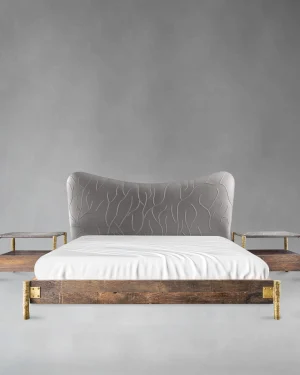 The Dalhousie Bed
The Dalhousie Bed -

 The Dalhousie Bedside Table
The Dalhousie Bedside Table -

 The Roman Bench
The Roman Bench -

 Living Sculpture – Modular Furniture Set
Living Sculpture – Modular Furniture Set -

 Crystal Flower Installation – Mirror Polished Stainless Steel Base
Crystal Flower Installation – Mirror Polished Stainless Steel Base -

 A Tribe Called Sagrada – Floor Lamp
A Tribe Called Sagrada – Floor Lamp -

 Surface Table – Mirror Polished Stainless Steel
Surface Table – Mirror Polished Stainless Steel -

 Collector’s Edition – Mirror Polished Stainless Steel Crystal Installation
Collector’s Edition – Mirror Polished Stainless Steel Crystal Installation -

 Melancholy Bench Seat
Melancholy Bench Seat -

 Melancholy Chair – Aluminium
Melancholy Chair – Aluminium -

 Wax Stool 01
Wax Stool 01 -

 Elemental Patchwork Coffee Table
Elemental Patchwork Coffee Table -

 Affinity – Brass And Copper Coffee Table
Affinity – Brass And Copper Coffee Table -

 Labyrinth Table
Labyrinth Table -

 Melancholy Side Table – Aluminium
Melancholy Side Table – Aluminium -

 Insect Table – Recycled Aluminum / Smoked Glass
Insect Table – Recycled Aluminum / Smoked Glass -

 Lucrecia – Marble Console
Lucrecia – Marble Console -

 Rahi Gallery Bench
Rahi Gallery Bench -

 Mitosis – Cast Brass Coffee Table
Mitosis – Cast Brass Coffee Table -

 Not As Planned – Vase 2
Not As Planned – Vase 2 -

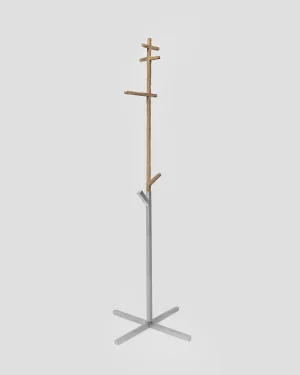 Forge And Sprout – Coat Stand
Forge And Sprout – Coat Stand















